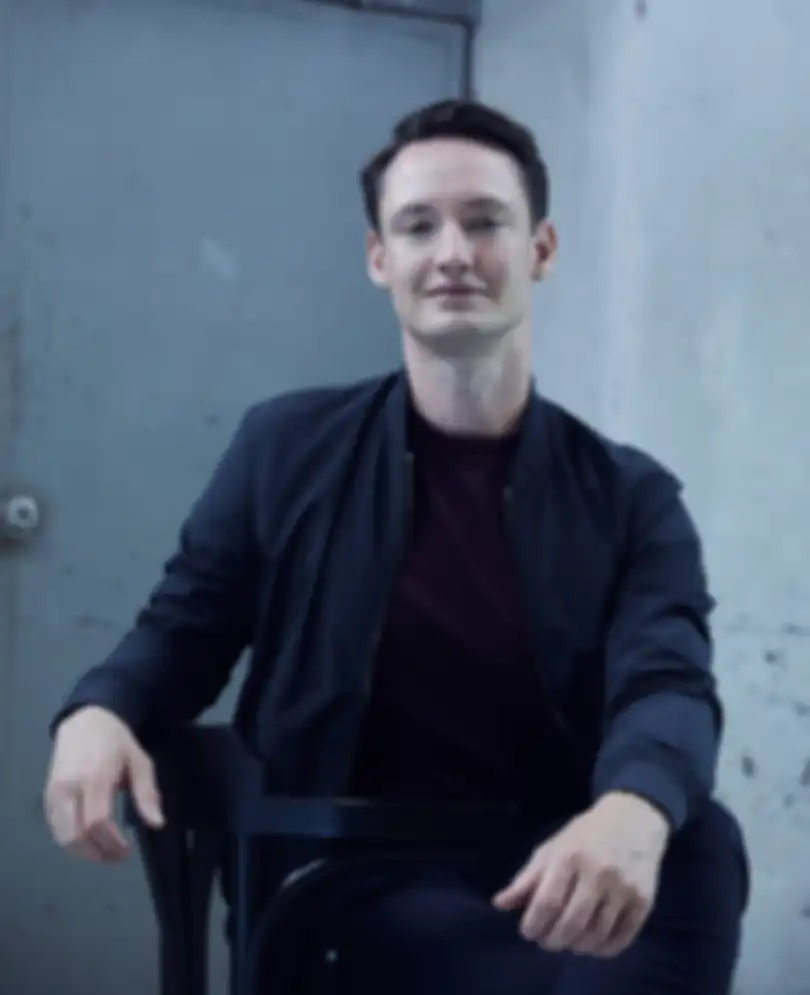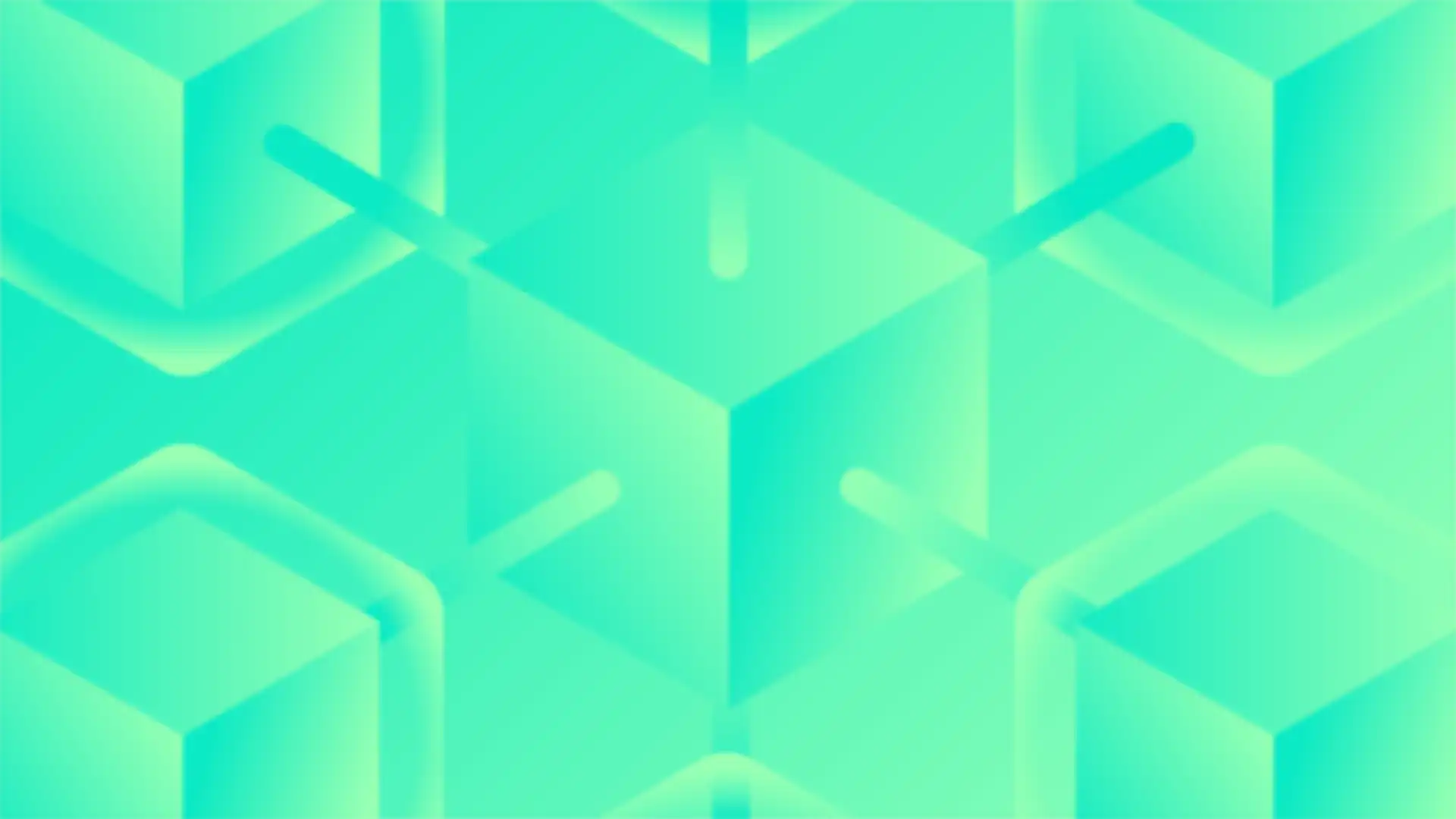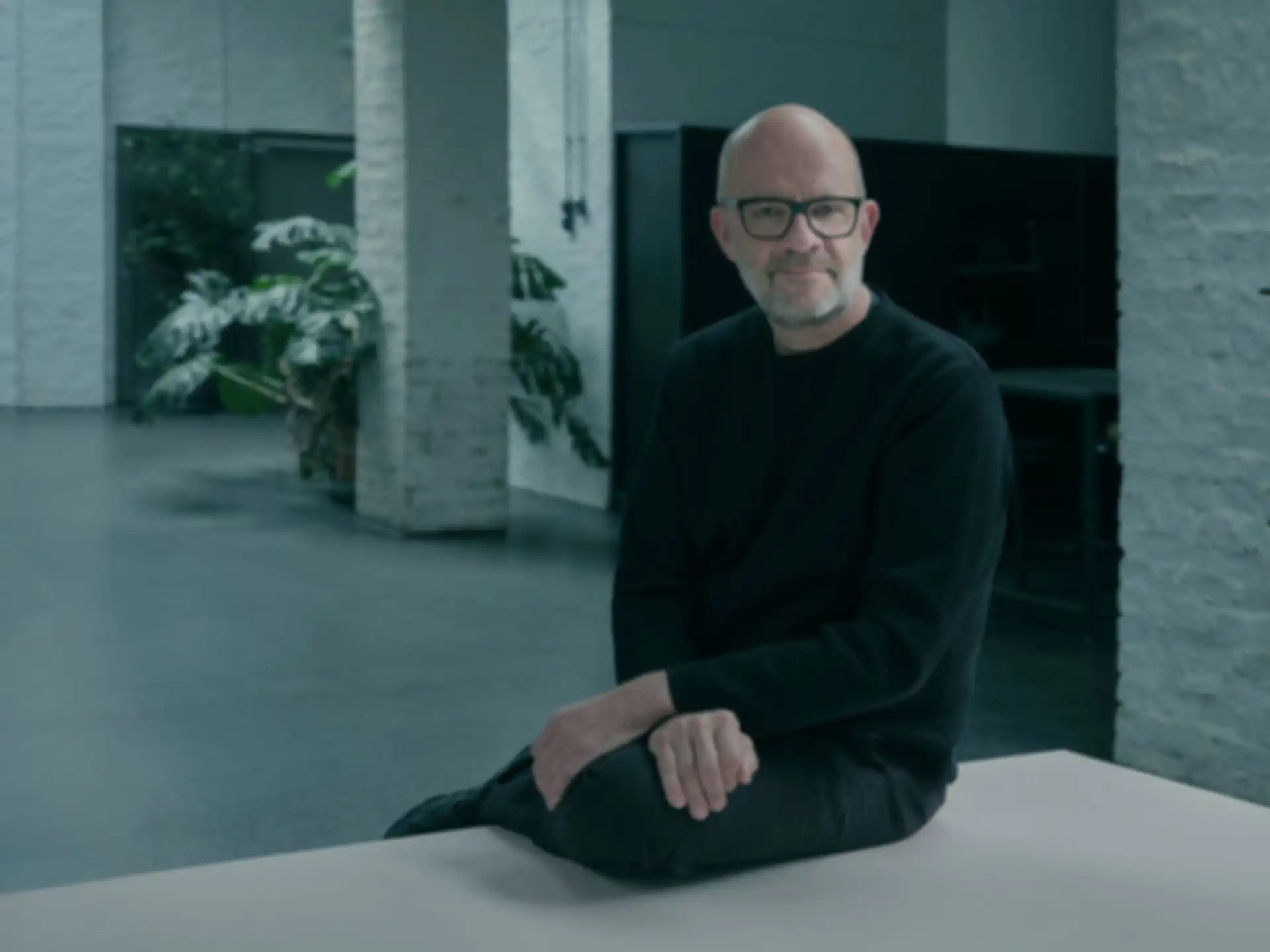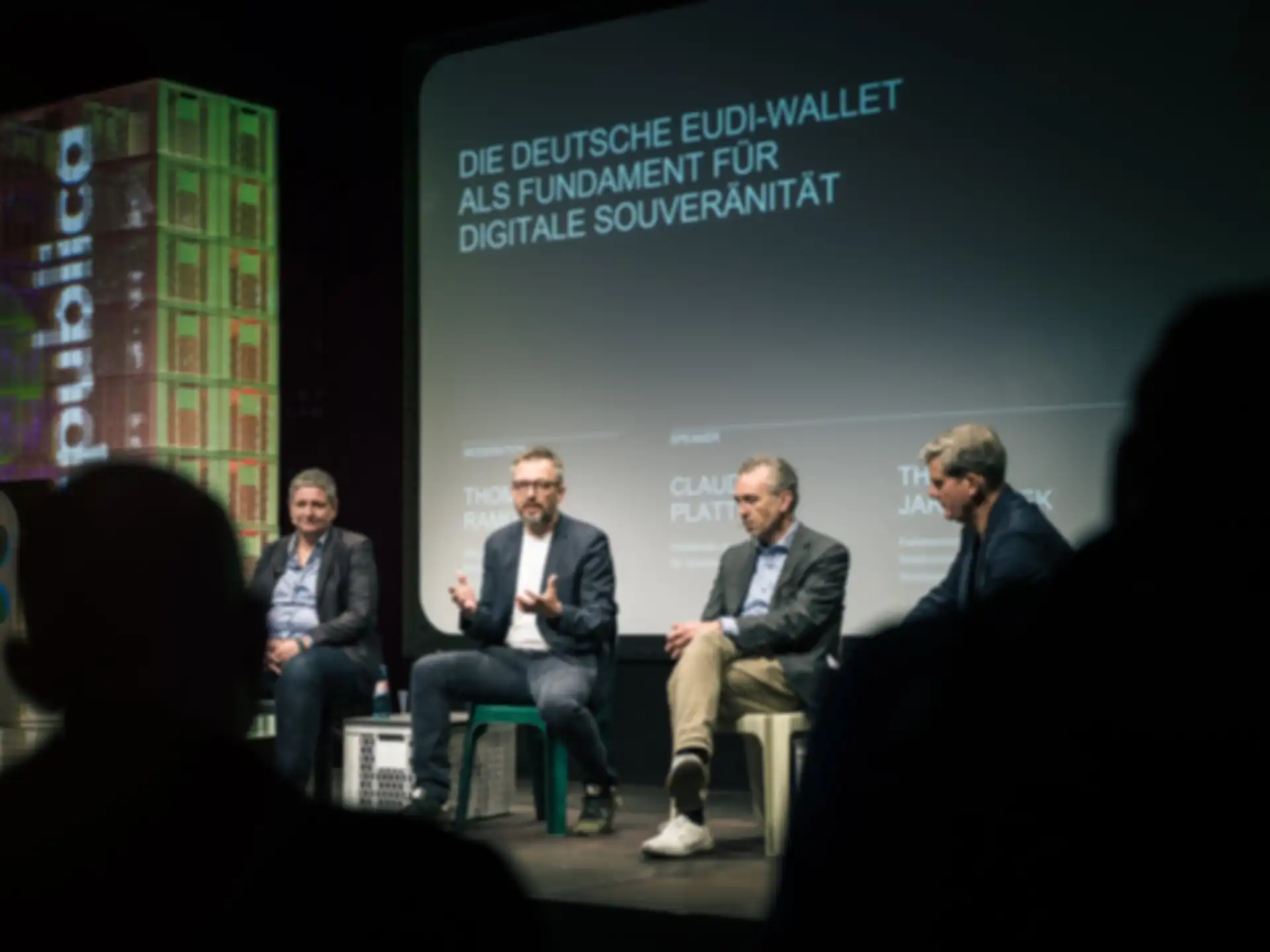Anyone can apply for SPRIND Challenges, but only outstanding ideas will receive funding and only those who demonstrate convincing progress will receive further support in the next stage of the challenge. In this interview, Challenge officer Jano Costard explains how SPRIND specifically selects challenges, promotes unusual approaches and uses a multi-stage model to launch innovations with breakthrough potential.
JANO, THE WORLD IS CURRENTLY FACING SO MANY CHALLENGES – HOW DO YOU CHOOSE A CHALLENGE TOPIC?
Jano Costard: There really are many pressing problems, but some areas, such as AI, have already garnered lot of public and private support in Germany. Instead, we look at where there is a lack of funding and ask ourselves which topics are important but neglected. Our broad-spectrum antivirals challenge, for example, has huge social potential, but at the same time there is an enormous technological gap that is unlikely to be filled by other players. We must compensate for this market failure.
IN PRINCIPLE, ANYONE CAN TAKE PART IN A SPRIND CHALLENGE. WHY IS IT IMPORTANT TO ADDRESS PEOPLE FROM OUTSIDE THE FIELD WITH THE CHALLENGES?
JC: If you invite people from outside the field to apply, you also receive submissions that don’t normally make it into a state-funded project. But we know that the people with the best ideas – with the greatest potential – often do not come from the circle of established experts. We want to show these people that it makes sense to move into a new field. After all, this can lead them to completely rethinking themselves and their existing technologies. This is why our tiered model makes so much sense: We give many seemingly utopian approaches a chance and sort them out as the challenge progresses in order to concentrate on the most promising innovations as soon as the potential of technologies and teams becomes clearer.
NONSENSICAL FANTASIES AND BRILLIANT FLASHES OF INSPIRATION CAN LOOK SIMILAR AT FIRST GLANCE. HOW DO YOU DECIDE WHICH IS WHICH?
JC: Our jury is made up of experienced experts with different perspectives who specialise in the topic of the respective challenge. We also work a lot with external stakeholders during the development process of a challenge and of course also during the challenge itself to obtain their feedback. However, it is not so much finding expertise that is tricky, but rather deciding which feedback carries weight. Ultimately, the SPRIND challenges are driven by the recognition that we cannot be sure which innovation will actually become a breakthrough innovation if we do not try it out. This is why several teams and technologies compete against each other in every challenge.





